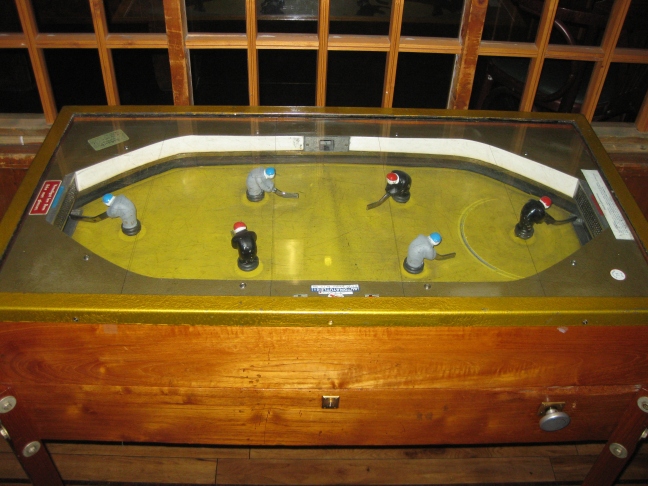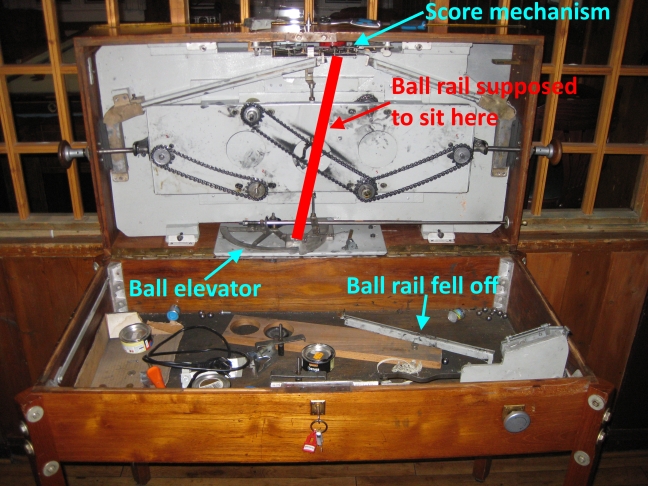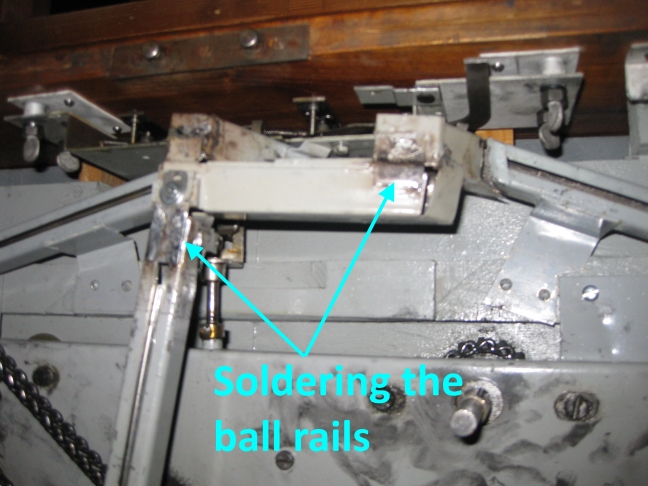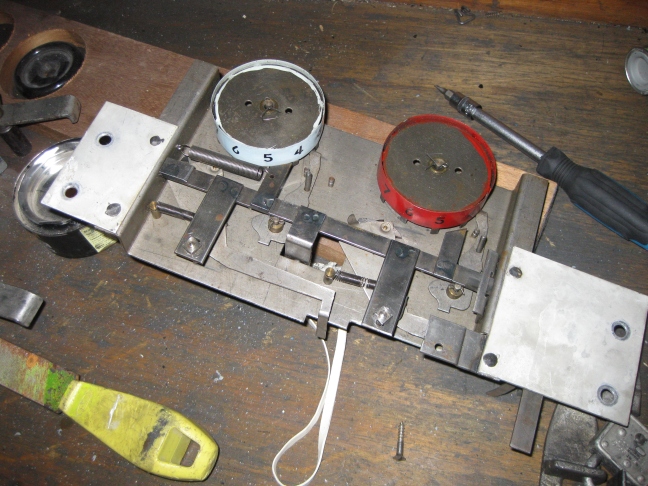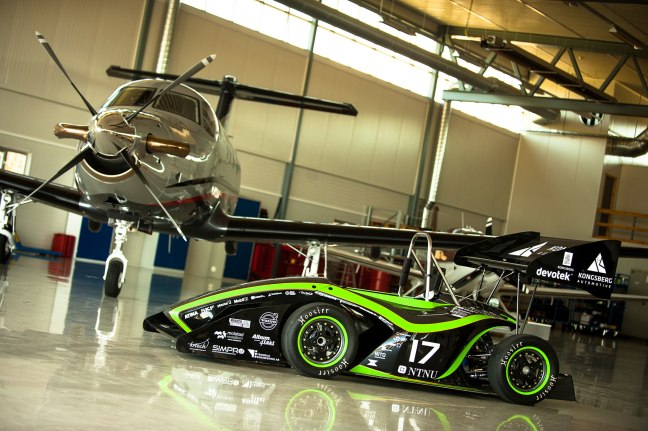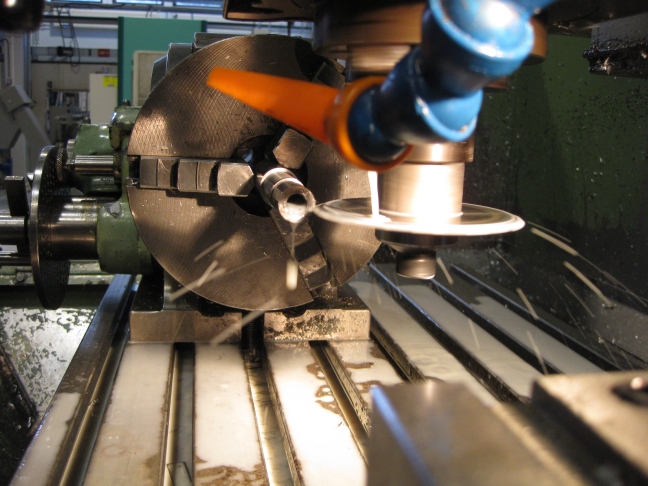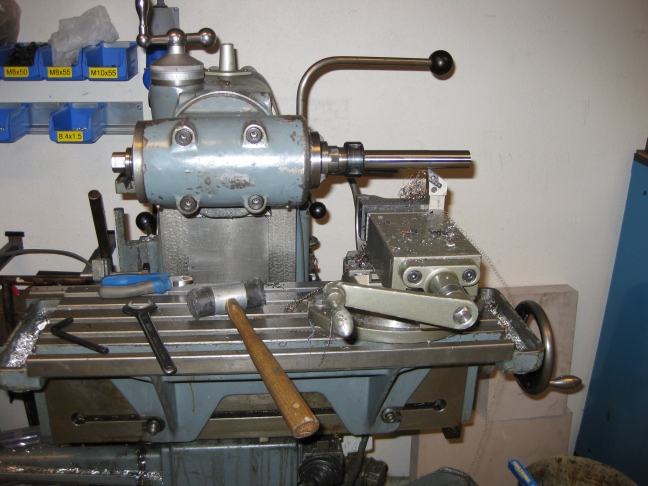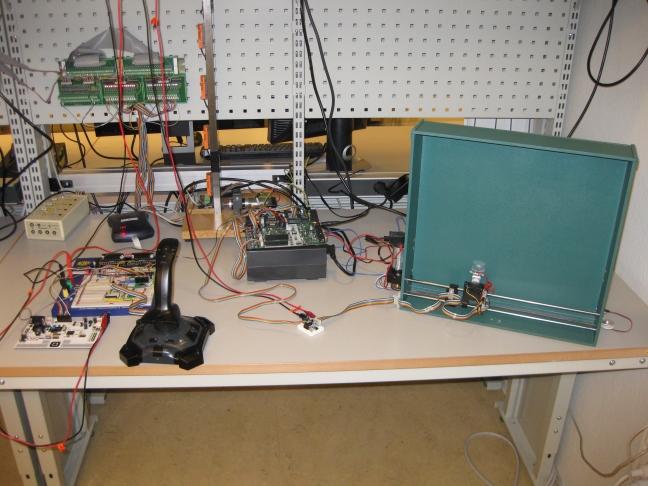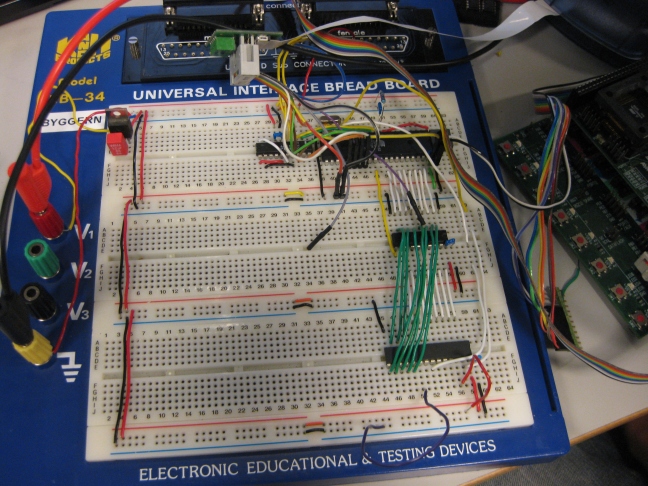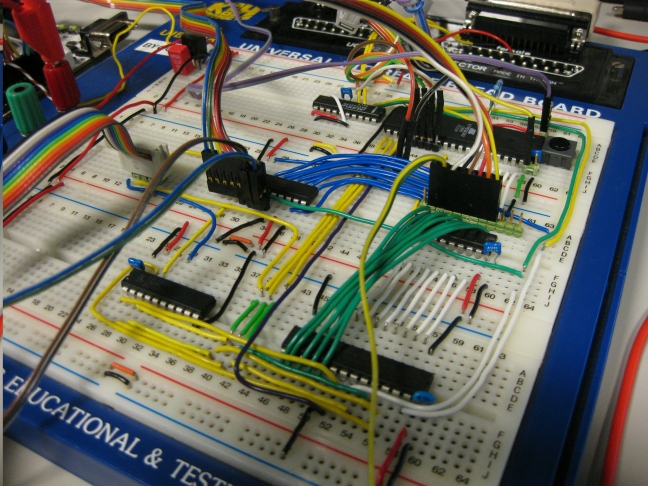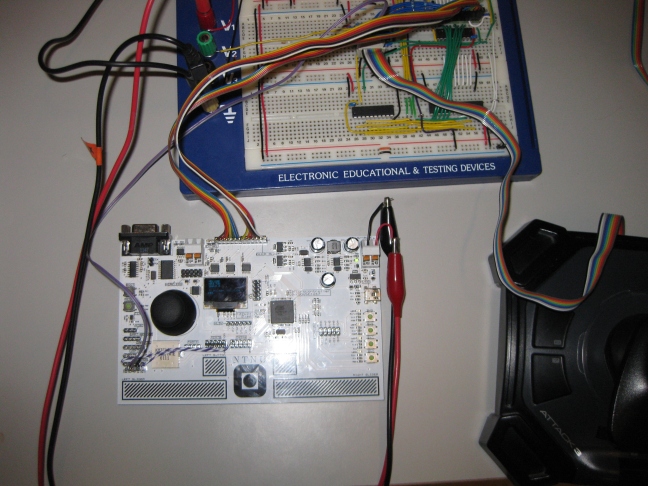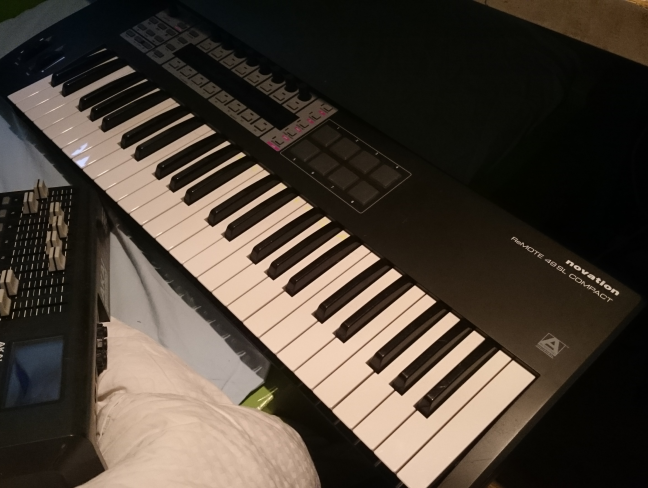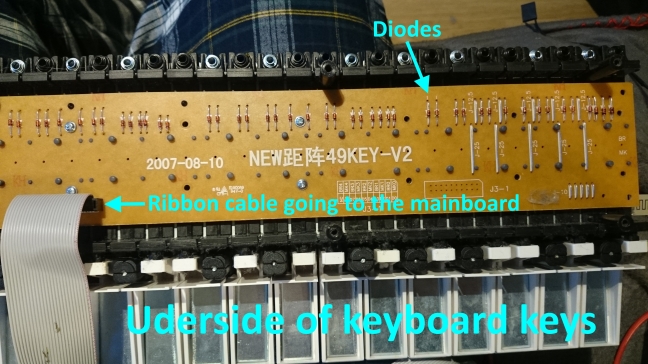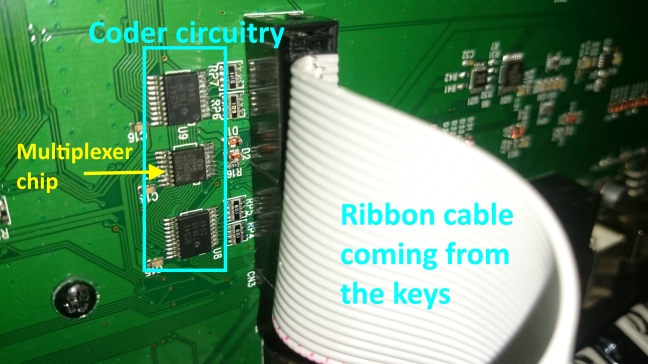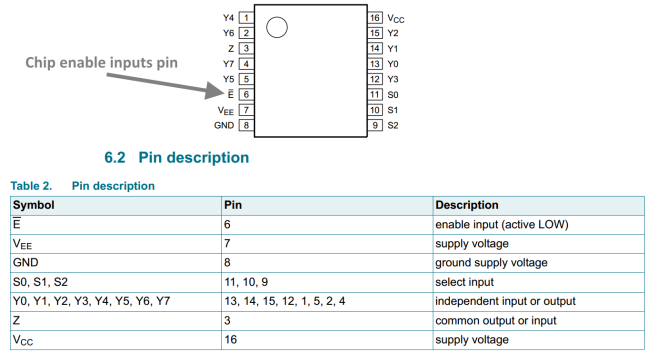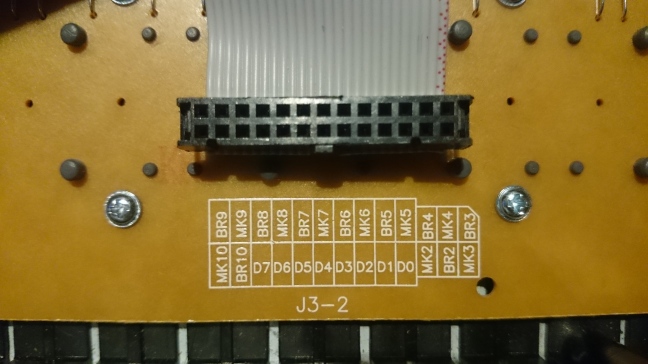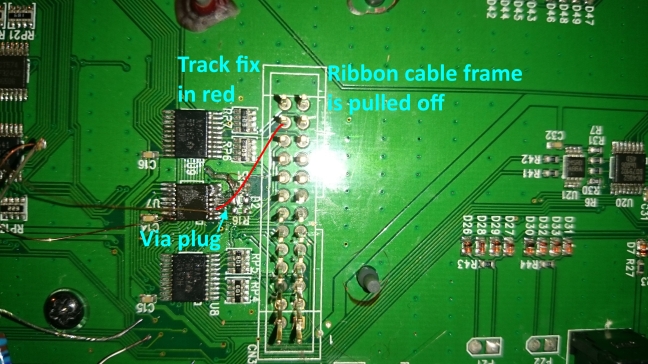The Unit
The Volca Kick is a great Kick drum synthesizer, but I always been a bit dissapointed by the level of the pulse sound. Especially when turning the color knob left to for a softer pulse sound it is bareley noticable, by softer I mean when you turn the color knob left. During some invesitgation into the circuitry I was able to identify the circuitry responsible for the pulse sound and tweak its gain which really made the difference. But first I must warn you that I dont take any responsibility for any troubles that any modders may run into.
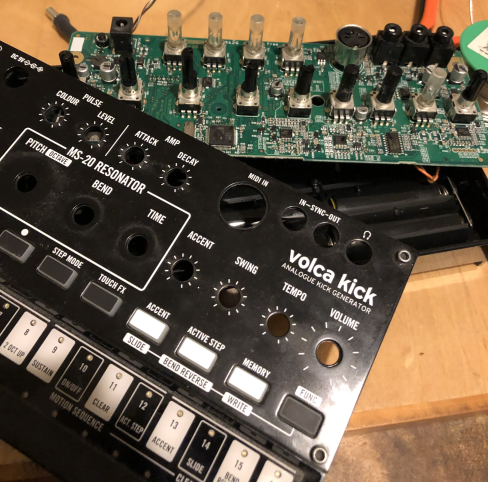
The Circuitry
The circuitry creating the pulse sound is a trigger pulse that is fed into some underdamped resonator circuitry where the color knob adjust the electrical mass property. After this the signal is fed into an inverting op-amp with a gain of 1, then into another summing mixer opamp where it is mixed with the resonator.

Some Theory.
Changing the gain of the “unity gain” opamp as it has both the feed resistor R1 and feedback resistor R2 valued at 1 kOhm. The gain of this circuit is simply:
Gain = -R1/R2
I desoldered an ~525ohm smd resistor from some broken audio interface and soldered on top of R1,
The new R1 should then be:
R1 = 1/(1/1000ohm + 1/525ohm) = 344.3ohm using kirchoffs law.
The new gain will then be:
Gain = -1000/344.3 = -2.9 -This is how much the pulse sound wil be amplified!
The Mod
Warning: Do this modification at your own risk only.
On the circuit board R1 is R11 and R2 is R12. look at R11. Be sure to use a grounded soldering iron when doing this mod, remember that doing this hack or mod is your own responsibility, and that it might break your device.
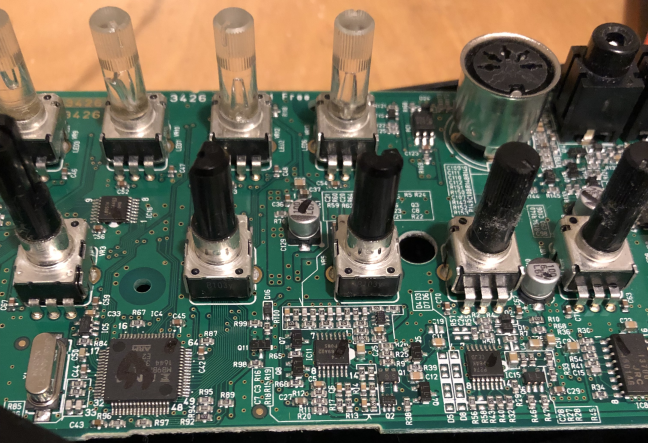
Here is a closer view with the 561 named resistor on top of the original resistor.
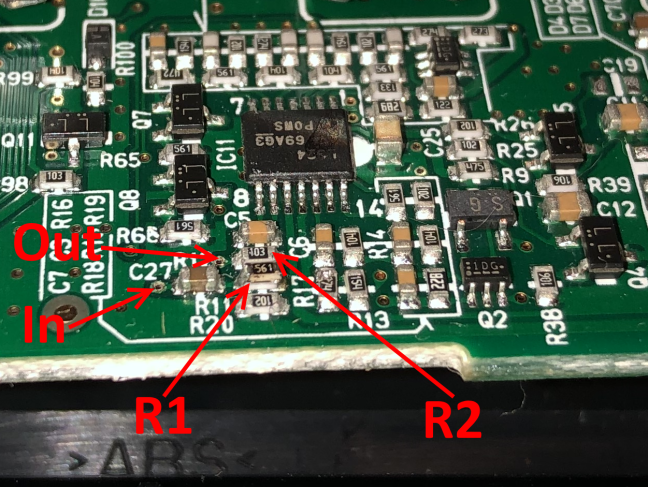
Do note that this mod actually saturates the op-amp, especially at sharp clicks, but the difference is really notcieable anyway. Look in the following pictures from before and after click sound:
Conclusion.
After this mod I feel that the Volca Kick was more powerful in sound. I think before you only had the choice with short pulse and essentially only on or off with the volume knob. Now I can really hear the softer pulses very well and I think that it can really put some shape and punch into the sound. I think that putting a higher value at R2 could be a better choice than lowering R1 as it could introduce some interesting noise, but then you might have to change both R1 and R2 maybe into the 10-100kOhm region. I think that for anyone interested in experimenting with this mod may want to try to choose a gain around 3 or even 4 even if the op-amp clips (it does not clip as much with softer color pulse). At a gain of 2.9 im still able to have no pulse sound at all, you will start hear the pulse at 7-10 on level knob.Would be cool if anyone also could identify more about the circuitry too, (I know the opamp in the spotlight here is also has something to do with the envelope.)
More mods?
I was thinking about these mods:
- Trigger input with Drive CV input for analog drum pads? Velocity mode..
- Pitch CV input, LFO on pitch for earthquake kicks
- CV input for Tone, decay, bend or time etc.?
- Some kind of noise in click sound
- Add resonance on rev.02 filter (Tone control)?
- Increase voltage for “pulse” opamp for louder pulse? rails are now about +2V if im not wrong
Comments appreciated!
Here is the circuitry from ms20 used in V Kick, see any similarites from the circuit board posted under it? I see 6 missing diodes from the peak/resonance feedback, wonder what mode tweaks can be done. One thing I noticed while working on this mod was how sensitive the resonator circuit was (around the 13700 op-amp) it could reallu alter the sound just keeping my funigers close to it and this altered the sound to be more like an earth quake, maybe ill experiment more with this one day.
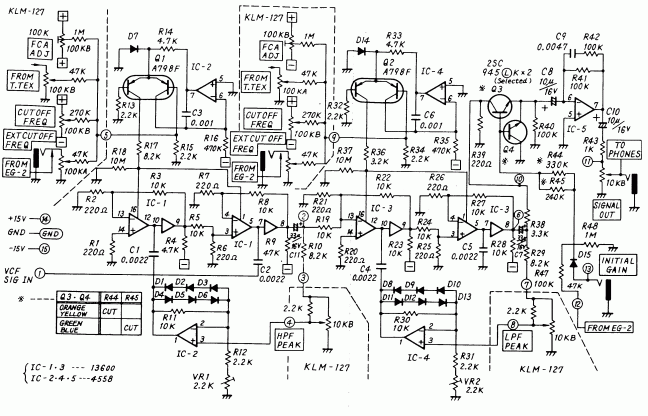
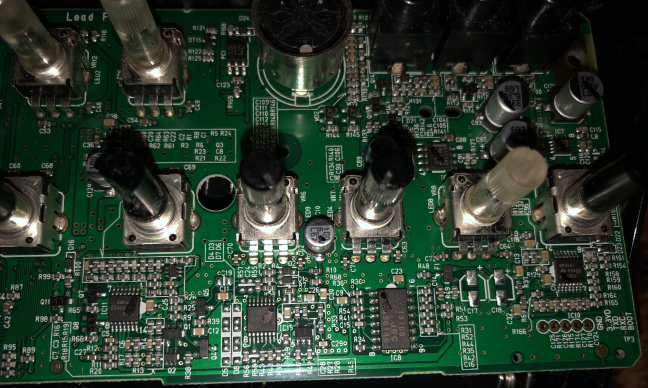
Volca Kick hack
Volca kick mod
volca kick pulse
















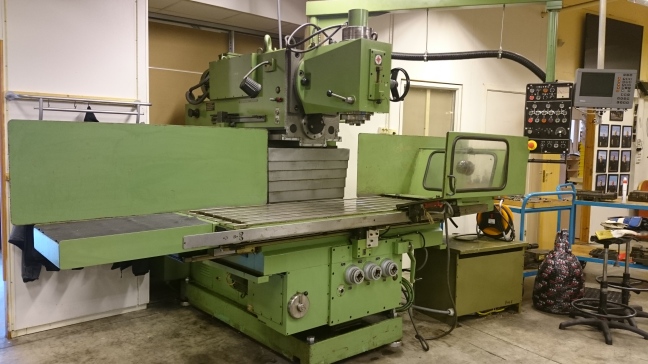






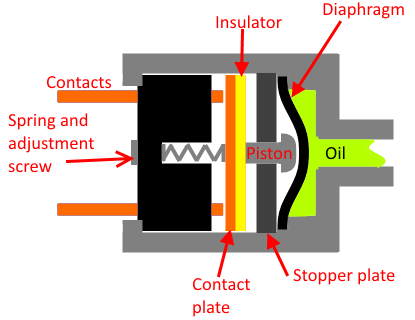




















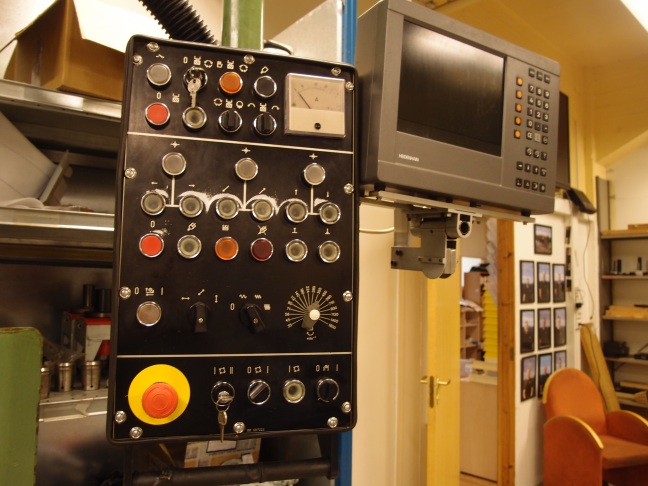


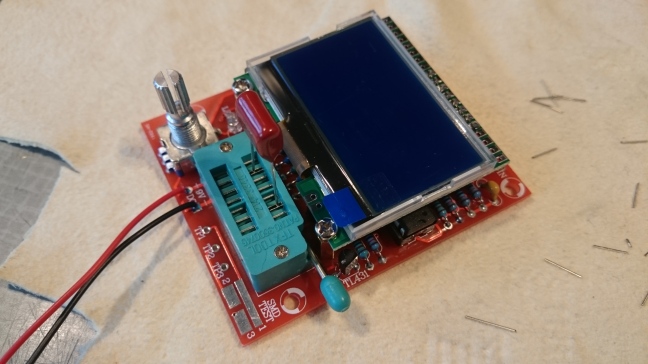 On Ebay I found a little DIY device that could help me test theperformance of various transistors and other components. In the first picture you can see the finished unit, the blue-greenish slot is where the components is inserted. The device has tree test pins, and inserting a transistor in any way to these pins, it will identify the component and some parameters just by pressing the encoder button. It can also test capacitor ESR, diodes, zener-diodes, FET transistors, and so on. The accuracy is of course debartable, so I will test the transistors in other ways to verify.
On Ebay I found a little DIY device that could help me test theperformance of various transistors and other components. In the first picture you can see the finished unit, the blue-greenish slot is where the components is inserted. The device has tree test pins, and inserting a transistor in any way to these pins, it will identify the component and some parameters just by pressing the encoder button. It can also test capacitor ESR, diodes, zener-diodes, FET transistors, and so on. The accuracy is of course debartable, so I will test the transistors in other ways to verify. This is all the parts that came in the packet. The circuit board tells you where each component is going, with the value or name of each part. The unit is based upon a Atmega328, just like the Arduino! After soldering, the board was cleaned with a solvent, I found that brake cleaner works quite well.
This is all the parts that came in the packet. The circuit board tells you where each component is going, with the value or name of each part. The unit is based upon a Atmega328, just like the Arduino! After soldering, the board was cleaned with a solvent, I found that brake cleaner works quite well.








